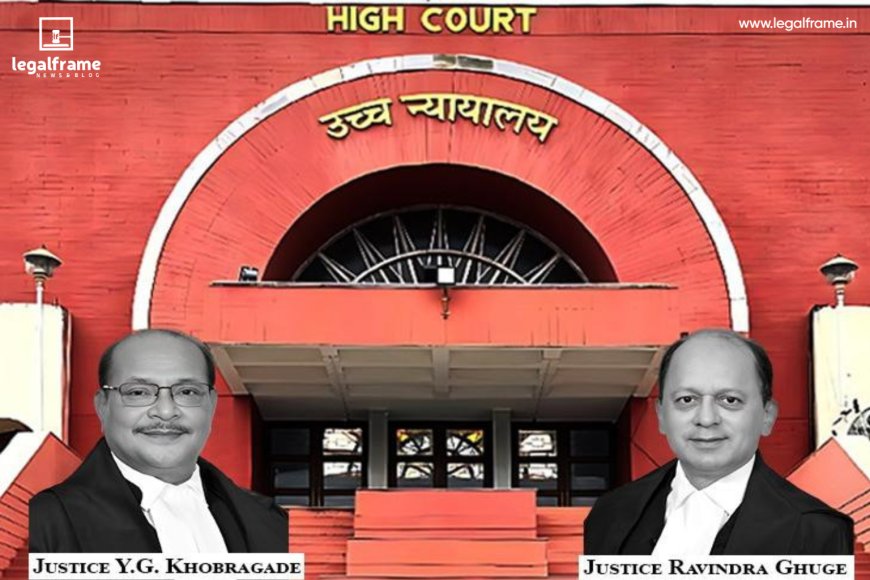Court Takes Suo Moto Cognizance of Illegal Blasting Near Ancient Aurangabad Caves, Initiates PIL

Chhatrapati Sambhajinagar, July 9, 2025
The Bombay High Court bench at Aurangabad has initiated a suo moto public interest litigation in response to a report of illegal excavation and blasting activities in the protected precincts of the Aurangabad Caves, also known as Buddha Leni — an ancient archaeological site dating back over 1,400 years.
The division bench of the High Court comprising Justice Ravindra Ghuge and Justice Y.G. Khobragade took cognizance of news report published on June 27, which described unauthorized use of heavy machinery such as JCB and Poclain excavators, as well as gelatin-based explosives, to conduct blasting and digging operations on the hilltop surrounding the historic caves. The activities, according to the report, appear aimed at extracting minor minerals and deepening existing wells or sinking new ones.
In a strongly worded observation, the division bench expressed concern over the potential destruction of the heritage site, noting that “if these caves are damaged by such activities, a historic ancient site…is likely to be destroyed.” The Aurangabad Caves have been declared a protected monument by the Archaeological Survey of India and are recognized for their cultural and historical significance, attracting both Indian and international tourists.
Citing the seriousness of the issue, the court directed the Registrar (Judicial) to register the matter as a Public Interest Litigation. It also appointed senior advocates C.R. Thorat and Prashant Nagargoje as amicus curiae to assist the court. Both lawyers have accepted the assignment and were granted liberty to draft and circulate a formal petition after registration.
During the hearing, the government pleader informed the bench that the District Collector of Chhatrapati Sambhajinagar had constituted a special committee to investigate the matter and submit a report. The court ordered that the Collector be named a respondent in the PIL, alongside the Archaeological Survey of India.
The caves, located in the hills to the north of the city, are believed to date from the 6th to 8th centuries and include rock-cut Buddhist shrines and monasteries. The site has long been under the protection of national archaeological authorities.
Further hearings in the case are expected once the formal petition is filed and reports are submitted.
What's Your Reaction?































